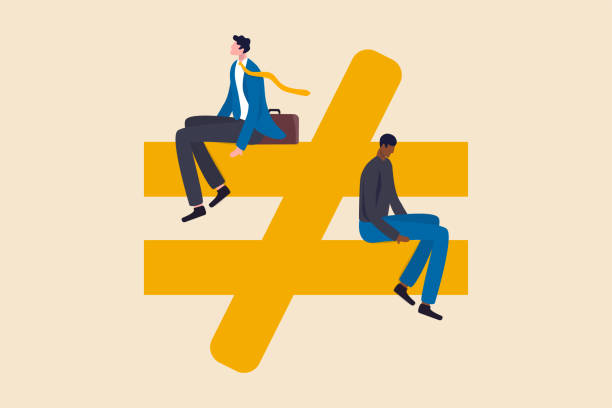Nayak: The Real Hero, is a movie that follows Shivaji Rao, a reporter who gets challenged to become the Chief Minister of Maharashtra, India for one single day. 
Rao had a first-row seat in the injustice CM Chauhan was committing after witnessing how Chauhan did absolutely nothing to control the protest in Maharashtra. While people were killing each other on the street and the police were urging Chauhan to order police control, Chauhan sent orders not to do anything. He claimed that he was afraid of losing his popularity votes. Rao got everything Chauhan had said on camera and confronted him in an interview. Feeling extremely criticized about his performance as the Chief Minister, Balraj Chauhan declared the challenge himself. Rao courageously accepted and showed India all the systemic injustice Chauhan had been committing with his power.
In the first hour of Rao becoming the CM, he got all the data about other government officials also abusing their positions of power. By the end of the 24 hours, he had suspended 46,000 corrupt officials. Rao also traveled all over the city to poorer sections and made incredible developments to help the people living there. Throughout the entire 24 hours, Rao changed everything about Chauhan’s rotten system and the situation in India saw immediate benefits. These incongruities and blatant injustices being committed were taking away the livelihoods of the citizens in India, while those in positions in power were just becoming more powerful. The position of Chief Minister goes to the elected individual with the promise of leading the country to greatness. The first priority of the CM, and all government officials, should be the protect and serve all participants of the country. Clearly, this was not the case as all the institutions working with the CM were plotting against the innocent citizens of India.
The power dynamics explore the Master-Slave Dialectic and the Subaltern. Chauhan and other government officials are the One, while the citizens of India are the Other. Chauhan forced the citizens to become inferior and made it so they couldn’t speak against the unlawfulness occurring to them. If they did, the citizen’s authenticity came into question. The Master-Slave Dialectic is better seen through Shivaji Rao and CM Chauhan. Both of them acknowledge the threat they are to each other and struggle in a vicious war throughout the movie to establish superiority. Even by the end of the movie the Master, Chauhan, was unable to see the limitedness of his power, eventually leading to his death. On the other hand, Rao, the Slave, was able to achieve self-consciousness and spread it to the country as the newly appointed Chief Minister.
Nayak bravely covered topics revolving around power dynamics and how they go with systemic injustices. The movie shone a light on the same systemic injustice that had and has still been occurring in India, forcing viewers to question those in positions in power and break free from the constant infringements occurring against them as citizens of India.

Shivaji Rao (LEFT), Balraj Chauhan (RIGHT)


 Many generations later, the hate has fueled the discrimination into being denied the right of livelihood. The injustice has become so noticeable that other countries felt the need to discuss Modi and his government’s extreme discrimination against Indian Muslims. Ever since 2014, when Narendra Modi’s BJP, Bharatiya Janata Party (BJP), was elected, Indian Muslims have been in constant danger. They practically have no one to turn to for support, nor are they allowed to call their birthplace their home.
Many generations later, the hate has fueled the discrimination into being denied the right of livelihood. The injustice has become so noticeable that other countries felt the need to discuss Modi and his government’s extreme discrimination against Indian Muslims. Ever since 2014, when Narendra Modi’s BJP, Bharatiya Janata Party (BJP), was elected, Indian Muslims have been in constant danger. They practically have no one to turn to for support, nor are they allowed to call their birthplace their home.